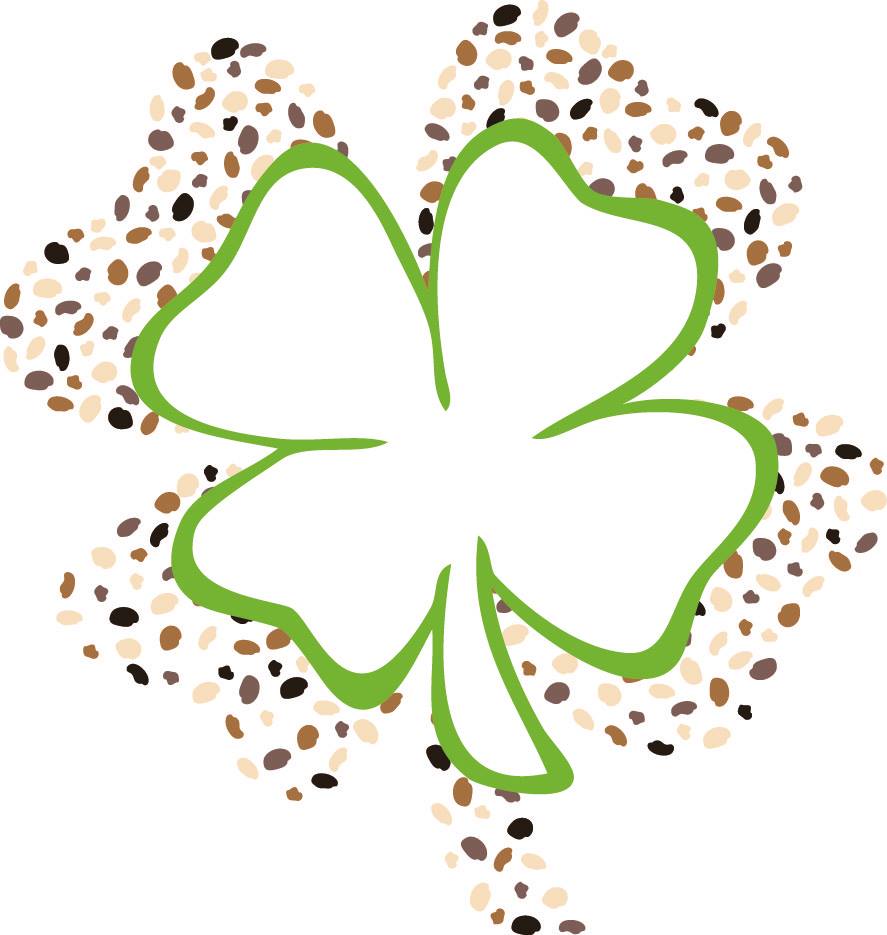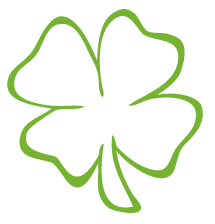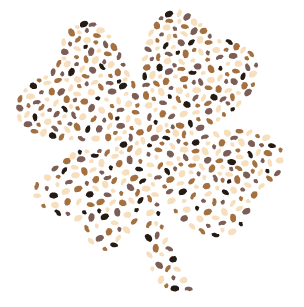Why is the Carney Complex logo a four-leaf clover?
(And why are there different shades of brown dots in the background?)

Ok, there is a story to how I got the inspiration for the logo.
So, because Carney Complex (CNC) is so rare, I chose to start an international group instead of a national one. Since 2011 people have joined from all over the world. For many of them English isn‘t their native language, which means we sometimes use google translate to help us talk to each other.
If you‘ve ever used google translate you know it can come up with some pretty funny ways of saying things. Translating a language isn‘t easy, after all we don‘t use the same idioms, etc. Anyway… One of our members from Argentina used an expression that google translate turned into ‘the black spots are like clovers’ and by dark spots she meant the deeply pigmented lentigiens that can be one of many symptoms of CNC.
I have lineage that can be traced back to Ireland, which is why I’ve always loved the shamrock and the reason why I couldn’t shake that image of a four-leaf clover backed by dots in my mind.
Only later did I learn that Dr. Carney originally came from Ireland.
Funny how those dots connected *laughs*!
— Jennifer
Let’s talk about the symbolism
The notorious four-leaf clover is still considered a good luck symbol today because of its rarity. Turns out that the likelyhood of you finding a four-leaf clover is 1 in 5 thousand. The likelyhood of you meeting someone with CNC is 1 in 10 million.
The parallel is this: With both you need the patience, perceverance, perspicacity and ambition to find one – much like Dr. Carney when he made the discovery. You also have to be attentive and open to learning how to differentiate between, for example those that have 3 and 4 leaves or in the case of CNC the symptoms it shares with many other diseases.
The CNC Clover symbolises

= Rare: 750 people worldwide.
1 in 10 million.

= People and the varied coloration of the pigmentation.

The front clover can be seen as an individual that stands out and is supported by the people in the background.
(e.g. CNC Community made up of loved-ones, doctors, researchers and others).
Many thanks to Francesca Craven who helped bring it from the first draft to the final version.
